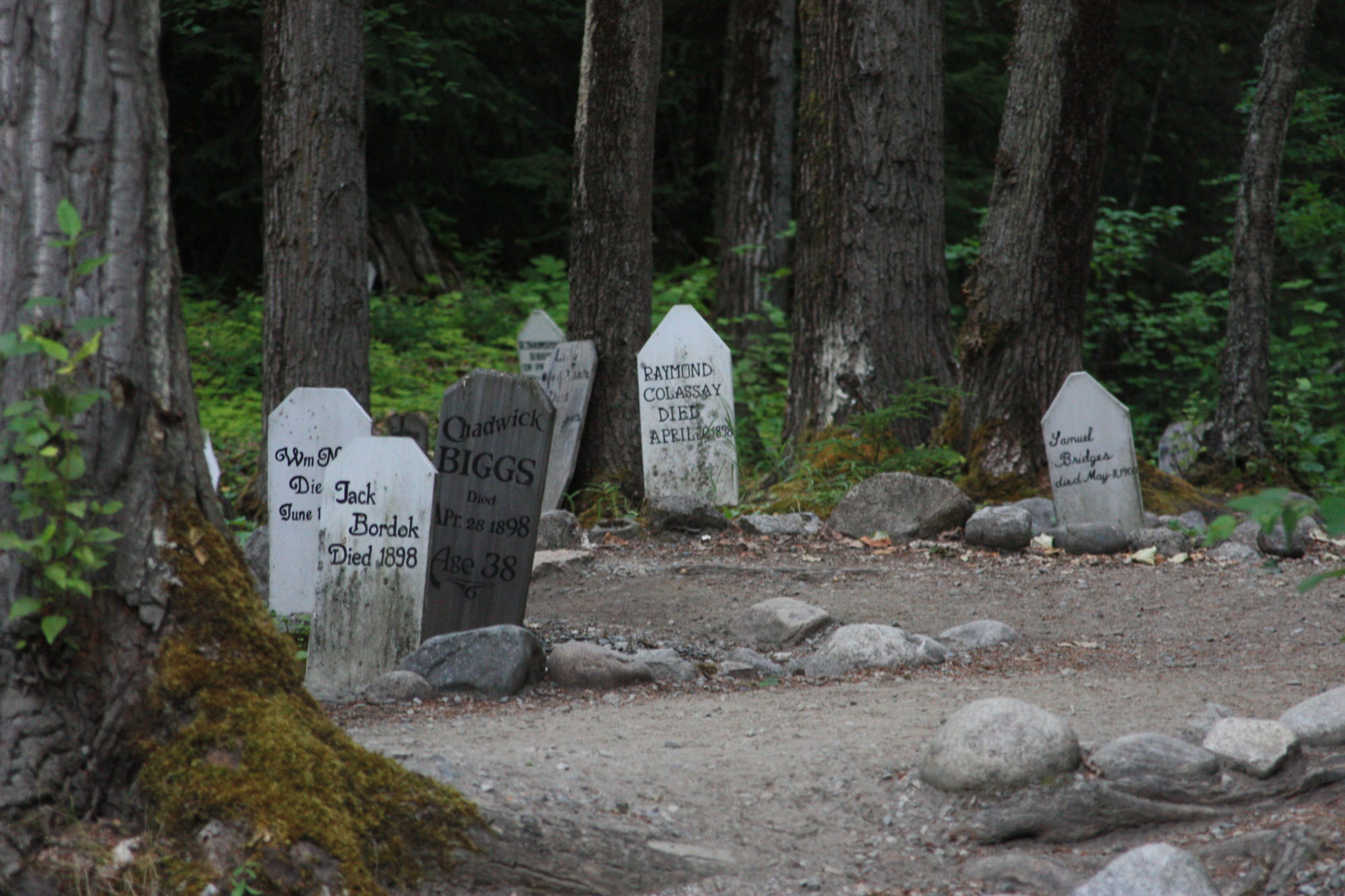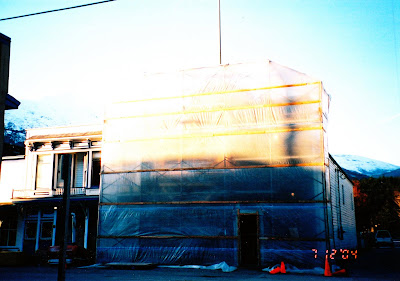
Albert Towne was born on this day, June 7, 1842 in New York. He seems to have passionately wanted to be a soldier! Although he joined the military almost as soon as the America Civil War began, it appears health reasons-most likely chronic asthma- caused farmer Town’s initial enrollments to be short lived.
However, by persistently reenlisting he, four units and three service arms later, successfully completed the War. Along the way his name was noted not only as Albert B. Town (the spelling used by the veteran on post war documents, but also Albert B. Towne and Albert S. Town. Whether these changes were conscious attempts to conceal previous enlistments or merely clerical errors is not known.
Following the War the 6’2” blue eyed Town returned to Michigan, married and resided in Monterey and Grand Rapids Michigan before moving to Washington state and then ultimately to Skagway, Alaska.
It is hard to grasp that there were several members of the Grand Army of the Republic that lived in Skagway. He worked as a baggageman for White Pass on Moore’s Wharf.
On June 14, 1914 this “minister of the gospel” was dead from a sudden bout of cerebral apoplexy (stroke). At passing the 76 year-old former cavalryman/infantryman/artilleryman was receiving a $25 per month in Civil War pension. He is buried in the Snohomish GAR cemetery.
1905 directory, 1915 directory; rootsweb; Civil War vets of Washington State online.









